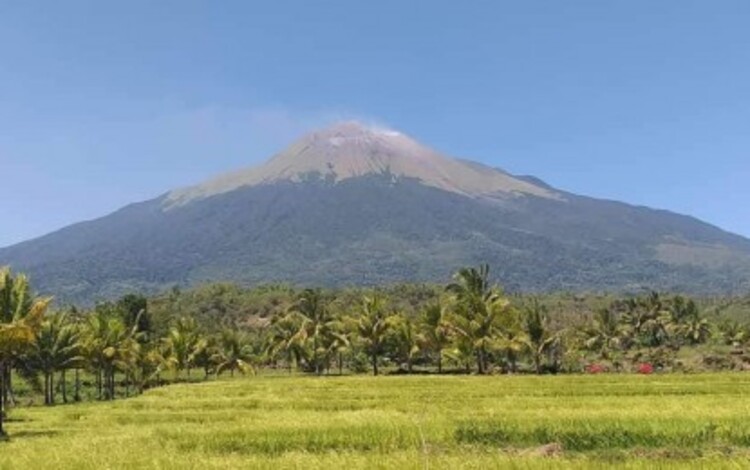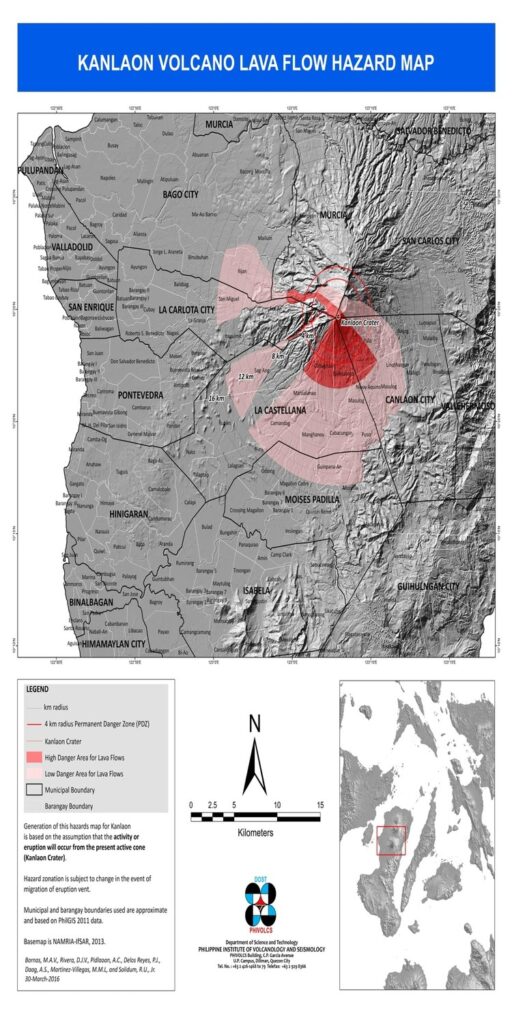State volcanologists have issued a warning regarding a potential magmatic eruption of Kanlaon Volcano on Negros Island, following a significant increase in volcanic activity. The Philippine Institute of Volcanology and Seismology (Phivolcs) highlighted the heightened unrest, with the last magmatic eruption recorded in 1902.

Mariton Basas, head of Phivolcs’ volcano monitoring and eruption prediction division, reported an alarming level of volcanic activity over the past 24 hours. According to Basas, “Yesterday, we logged 337 volcanic-tectonic (VT) earthquakes, and from midnight to noon today, we recorded 65 more VT quakes.” She added that the volcano’s sulfur dioxide (SO₂) emissions have also risen significantly, reaching 9,985 tons per day—marking the highest gas emission since Phivolcs began monitoring Kanlaon.
Basas emphasized the seriousness of these findings, noting that the unusually high levels of both earthquakes and gas emissions suggest the possibility of a magmatic eruption. “The figures we got from Kanlaon are anomalous amid the high monitoring parameters. There is a high chance of a magmatic eruption,” she said.
However, she explained that Phivolcs cannot predict the exact timing of such an eruption, as most of Kanlaon’s past eruptions have been phreatic, characterized by steam-driven explosions rather than the more dangerous magmatic eruptions. The volcano’s last phreatic eruption occurred on June 3 this year, when it had been emitting sulfur dioxide at an average of 1,273 tons per day before the event.

To prepare for a possible eruption, Phivolcs has released a Lava Flow Hazard Map for communities near Kanlaon. The map highlights areas at risk of lava flow, which occurs when molten rock flows from the eruptive vent of the volcano. According to Phivolcs, lava flows resemble rivers of glowing rocks moving downhill from the vent, potentially causing widespread damage to anything in their path.
Residents in high-risk areas have been advised to stay alert for further updates from Phivolcs. The agency is continuing to closely monitor the situation and has urged local authorities and disaster management officials to be prepared for any sudden changes in the volcano’s activity.
Kanlaon’s increased activity remains a serious concern, and Phivolcs is on high alert for any signs of further escalation.
